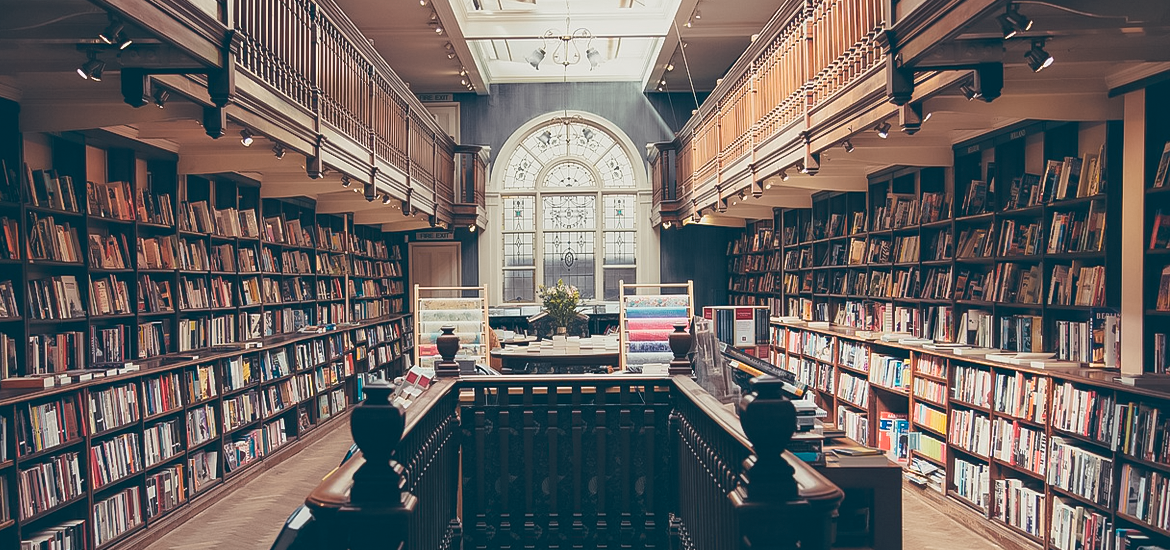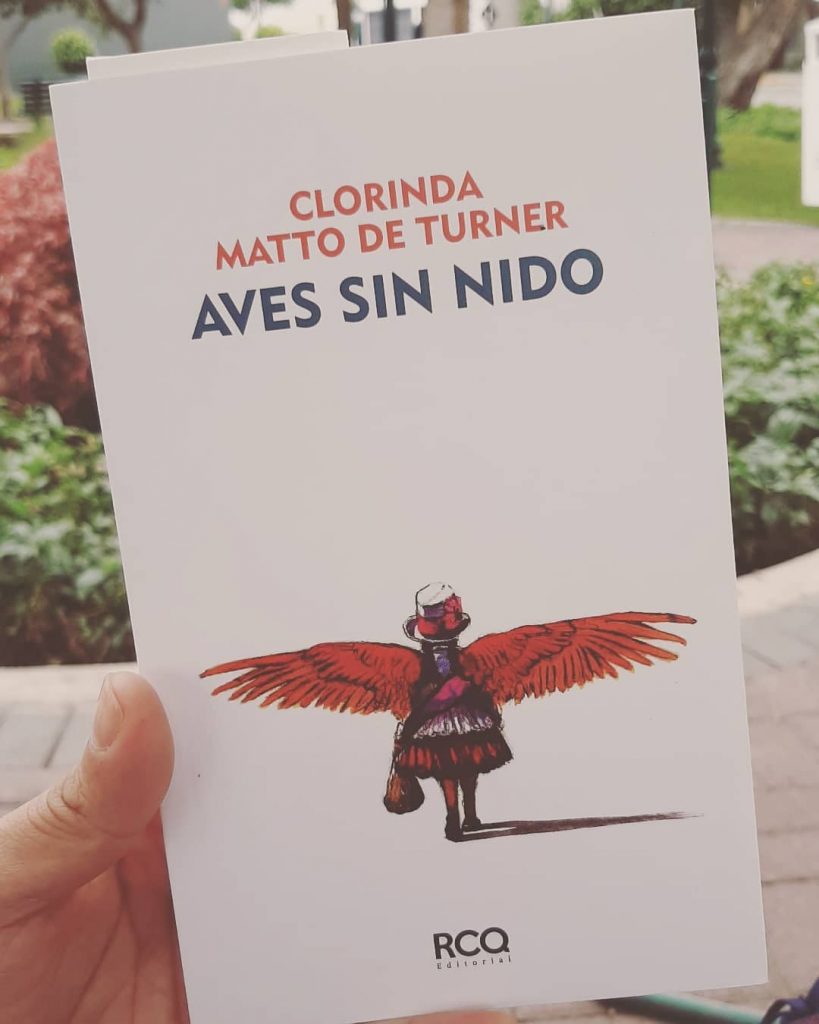Peru is rich in culture, gastronomy, diversity, and literature. Hundreds of people have been captivated not only in Latin America but in the world. That’s why we’ll show you some books and novels, written by Peruvian authors that you should read.
Whether you are a fan of literature or not, we think you should know about these great pieces of Peruvian literature. No worries! There’s no need for you to learn Spanish, as the books we recommend are translated into English.
La ciudad y los perros (The Time of the Hero) by Mario Vargas Llosa:
This Mario Vargas Llosa’s novel, which gained worldwide notoriety after its publication in 1963, is regarded as one of his most significant works. It is renowned for its vivid depiction of the brutal reality of a military school as well as its critical analysis of Peruvian authoritarianism and institutional corruption.
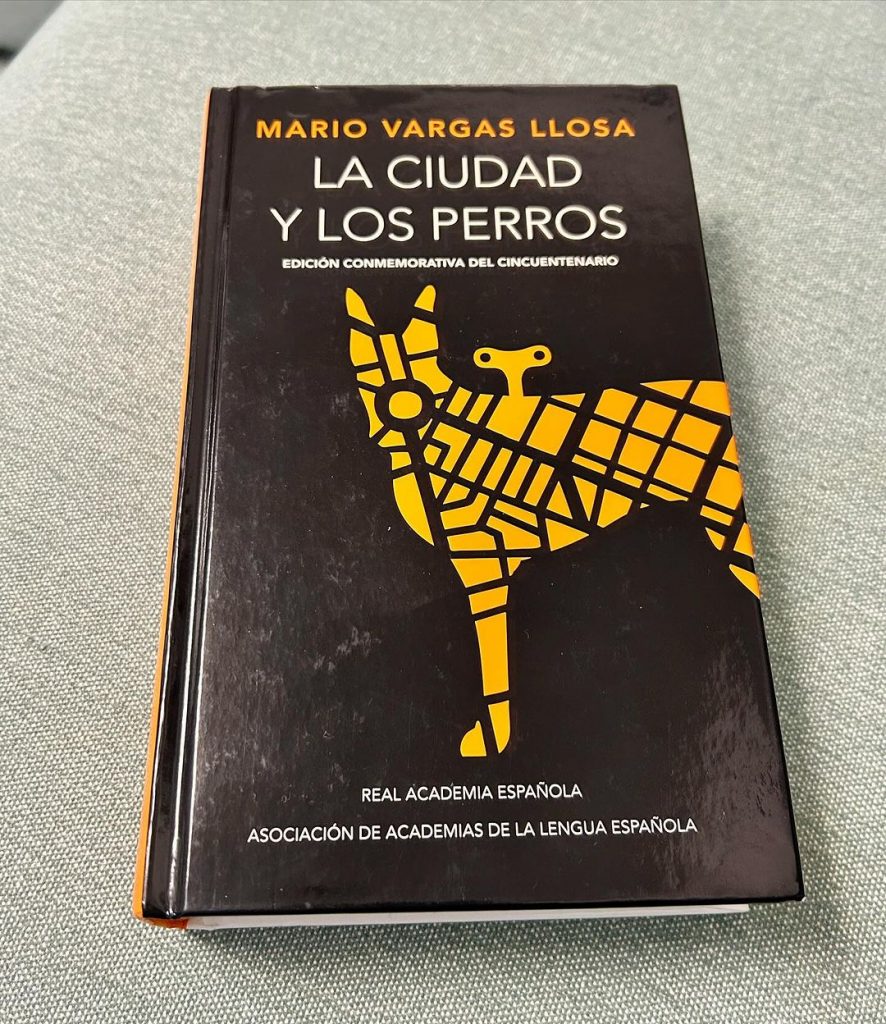
Los Heraldos negros (Black Messengers) by César Vallejo:
Published in 1918 by renowned Latin American writer César Vallejo, this poetry book includes 16 poems. The poems’ modernist aesthetic and discussion of existential topics, such as sorrow in humanity and the pursuit the meaning in a world of uncertainty, define them

Un mundo para Julius (A World for Julius) by Alfredo Bryce Echenique:
Published in 1970, this book presents the most privileged class of Peruvian society in a humorous yet tragic way through the eyes of Julius, the young protagonist. It sheds light on the complex issues of class, privilege, and cultural identity in Peruvian society in the middle of the 20th century.

Los ríos profundos (Deep Rivers) by José María Arguedas:
This novel was released in 1958 by the renowned Peruvian writer and anthropologist José María Arguedas. It addresses the tensions between indigenous and mestizo cultures in Peru and is praised for its beautiful prose that explores the cultural and spiritual depth of Andean existence.
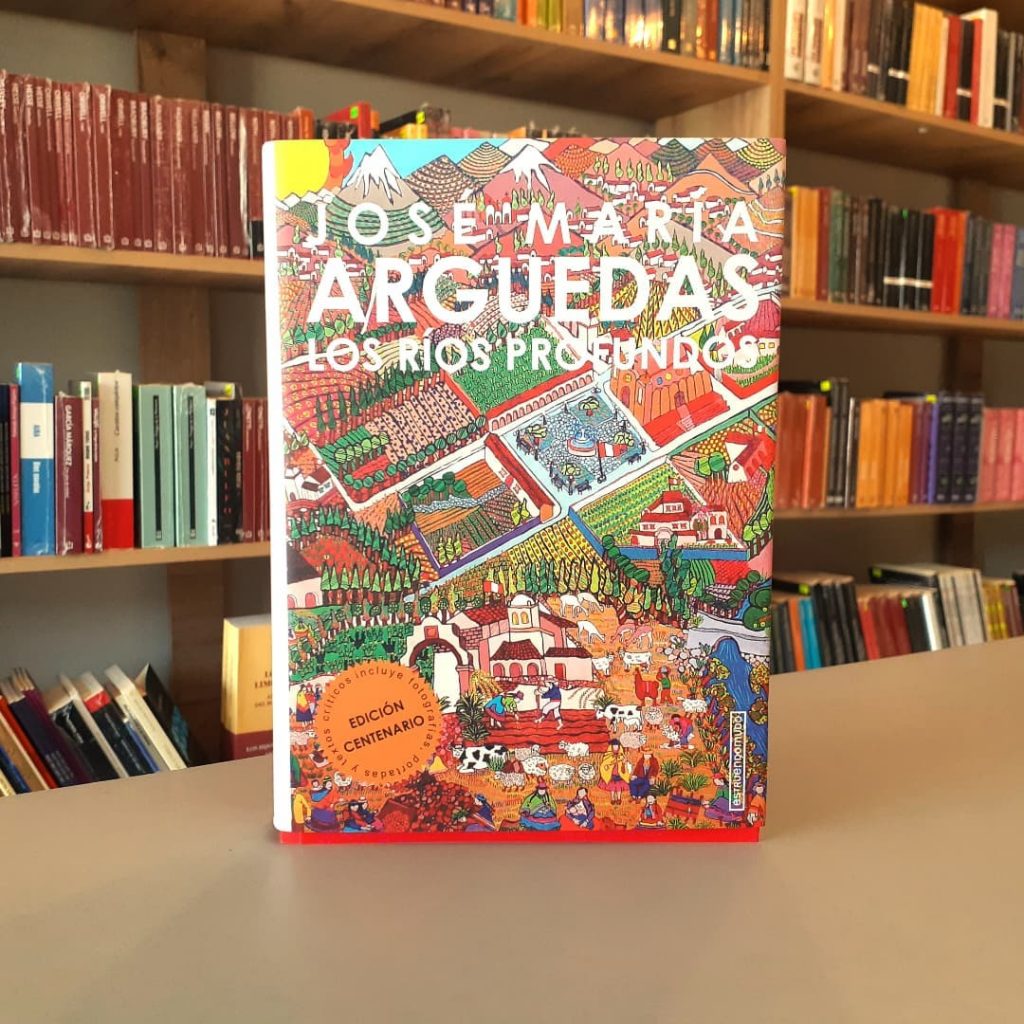
La palabra del mudo (The Word of the Silent) by Julio Ramón Ribeyro:
This collection of short stories was published in 1953 by Julio Ramón Ribeyro, who was well-known for his intelligent analyses of human character and society. The narratives present a variety of viewpoints on everyday life in Peru, from the ordinary to the amazing, frequently tinged with sarcasm and societal critique.
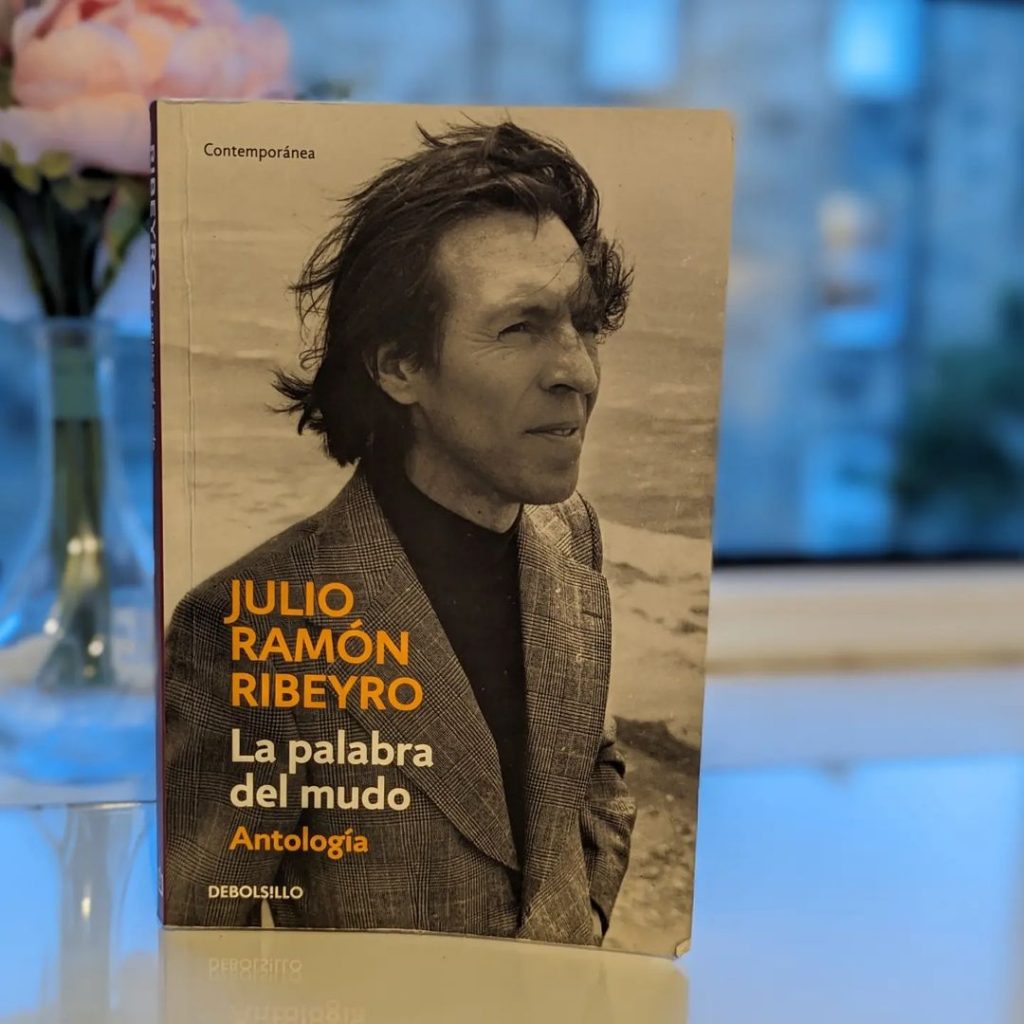
Siete Ensayos de Interpretación de la Realidad Peruana (Seven Interpretive Essays on Peruvian Reality) by José Carlos Mariátegui:
José Carlos Mariátegui ‘s 1928 collection of essays is regarded as a seminal piece of Peruvian intellectual history. Mariátegui emphasizes the value of indigenous culture and the fight for social justice in his Marxist view of Peru ‘s history, society, and culture.

Aves sin nido (Birds Without a Nest) by Clorinda Matto de Turner:
This novel, written by Clorinda Matto de Turner and published in 1889, is among the first in Peruvian literature to deal with social themes. It provides insight into how colonial forces mistreated and exploited indigenous people while also criticizing the socio-political structures of that time.
Tradiciones peruanas (Peruvian Traditions) by Ricardo Palma:
During the 1800s, a well-known writer and politician from Peru named Ricardo Palma started publishing these historical accounts. Palma’s stories, which skillfully combine fact and fantasy, provide an engrossing look into Peru’s past, including its myths, traditions, and folklore.
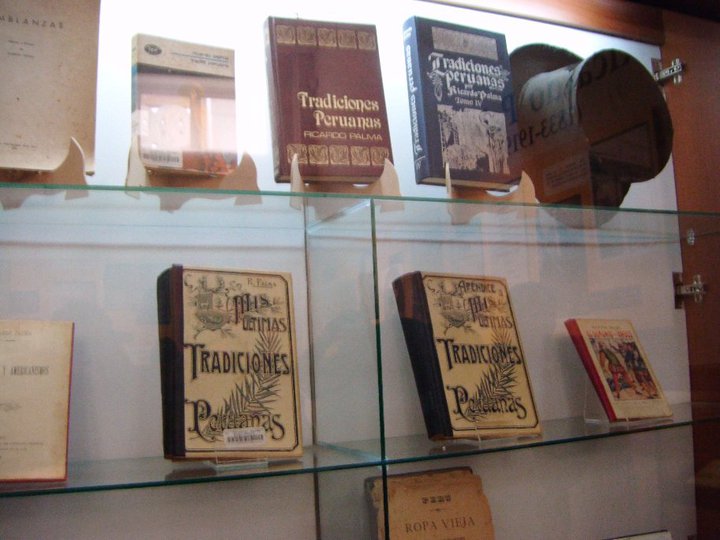
Conversación en la catedral (Conversation in the Cathedral) by Mario Vargas Llosa:
Mario Vargas Llosa’s 1969 novel, which delves into the political and moral degradation of 1950s Peru, has been praised for its complex narrative structure. The work explores topics of identity, freedom, and the concept of power through the conversations between its characters
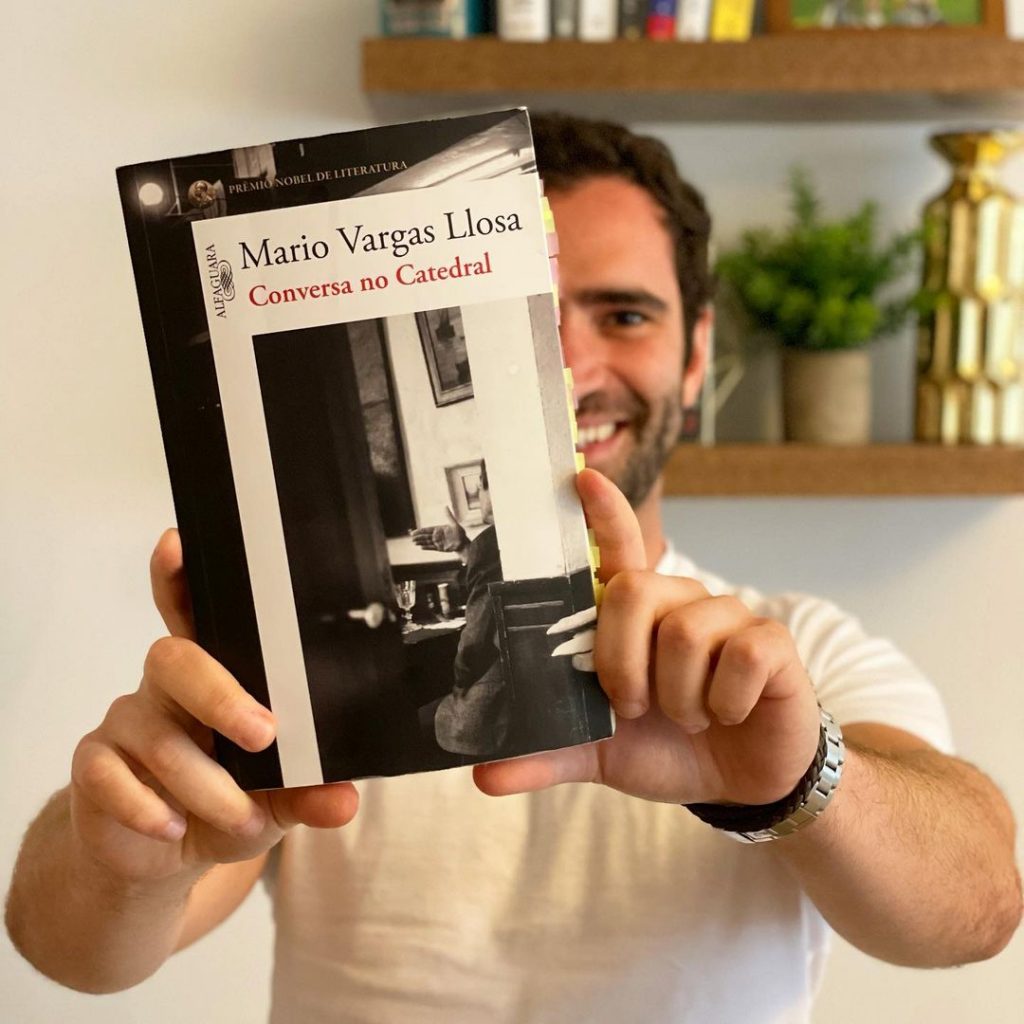
El mundo es ancho y ajeno (Broad and Alien is the World) by Ciro Alegría:
Published in 1941, this novel by Ciro Alegría is considered a classic of Peruvian literature. It follows the struggles of indigenous communities in the Andean highlands against exploitation and oppression by wealthy landowners, offering a powerful depiction of social injustice and the resilience of the human spirit.
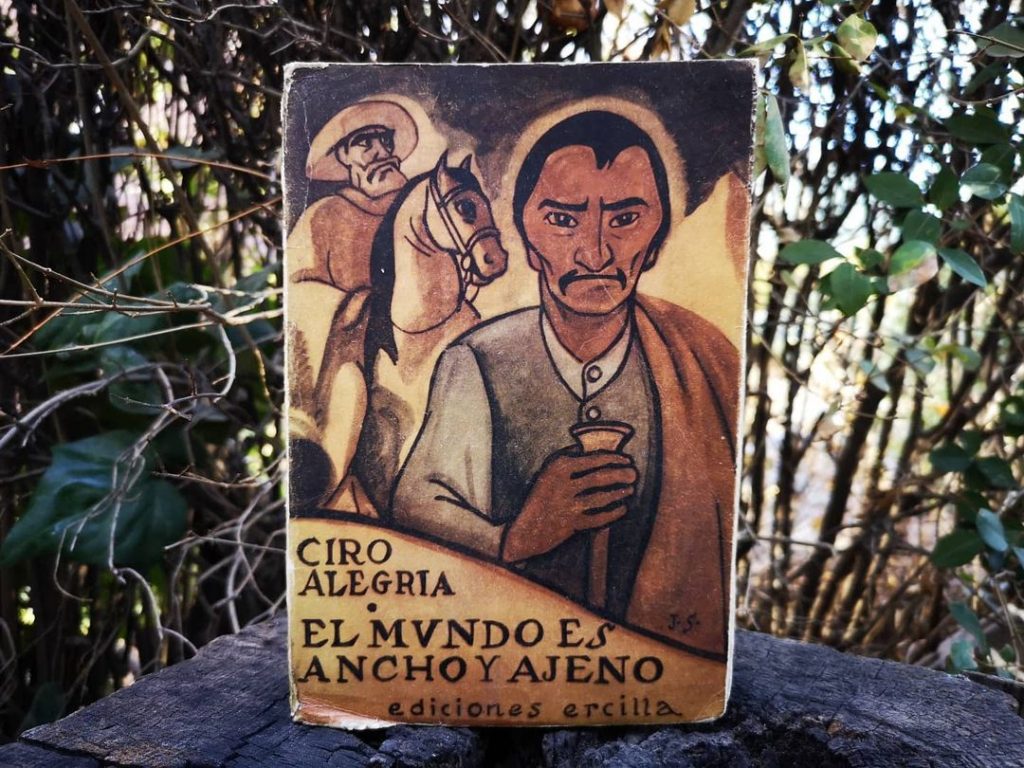
Embark yourself on the adventure with these books, that are just a proof of the literature legacy that exists in Peru. The best way to know more about Peruvian Literature is to explore the places, cities and streets that are mentioned on the pages of these literature masterpieces.
Viagens machu Picchu invites you to explore more about Peru and its destination dreams.
Check out our travel packages and contact us to live an adventure in the flesh!


